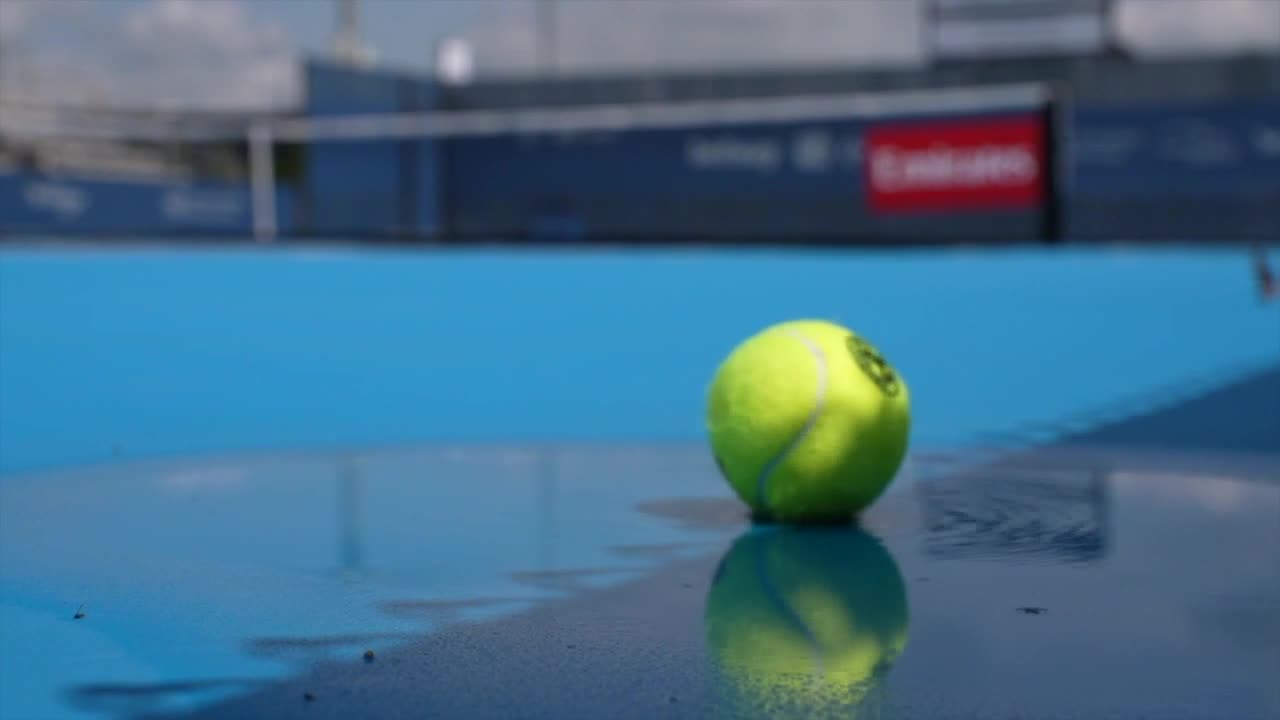MASON, Ohio — When it comes to hard court tennis, summer weather is a game changer. From high temperatures, humidity, wind and rain, the impact of weather can be the difference between winning or losing.
For instance, at 85 degrees, the court can heat up to over 110 degrees. That makes the ball bounce higher and move faster, favoring hitters and aggressive players.
Meanwhile high humidity means the air is thicker. That slows the ball in flight and can take some bounce off the court, leading to longer rallies and more fatigue.
Just a sprinkle of rain is enough to stop play. Hard courts become slippery fast, and wet tennis balls bounce lower and move slower.
Wind can throw off the ball toss and serves. Players must adjust quickly. Staying patient and using more topspin gives them more margin for error.
Yet high risk flat hitting can backfire with less margin for error unless the timing is perfect.
And players aren't the only ones adjusting.
Cincinnati's unpredictable weather has stringers constantly tweaking to keep the players at the top of their game. Every change in temperature or humidity changes how the racket feels.
In general, the hotter the temperature, the tighter the strings need to be.
With 38 years' experience, Nate Ferguson says this type of customization is something the pros rely on sometimes in the middle of a match.
"When it's 93 degrees outside and 99% humidity, they feel the softness in the strings that needs to be compensated for by adding a higher tension to their rackets," Ferguson said.
















